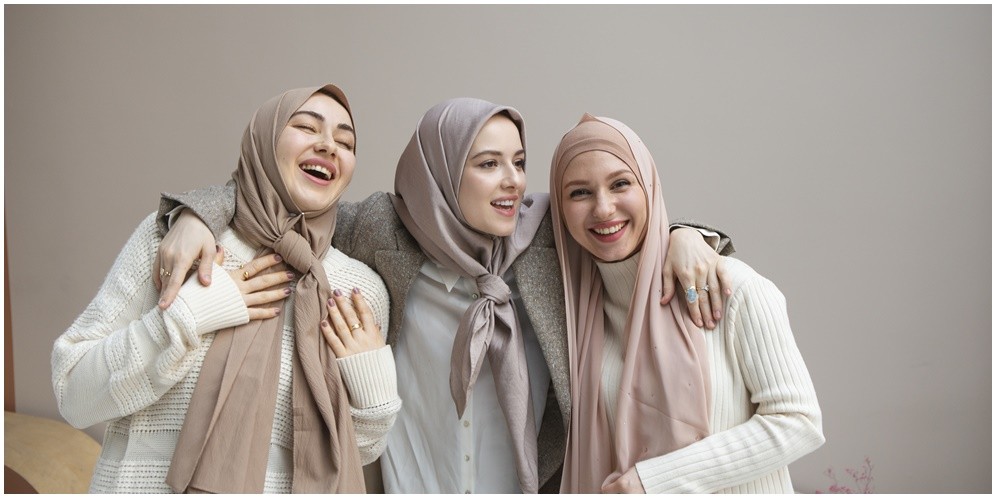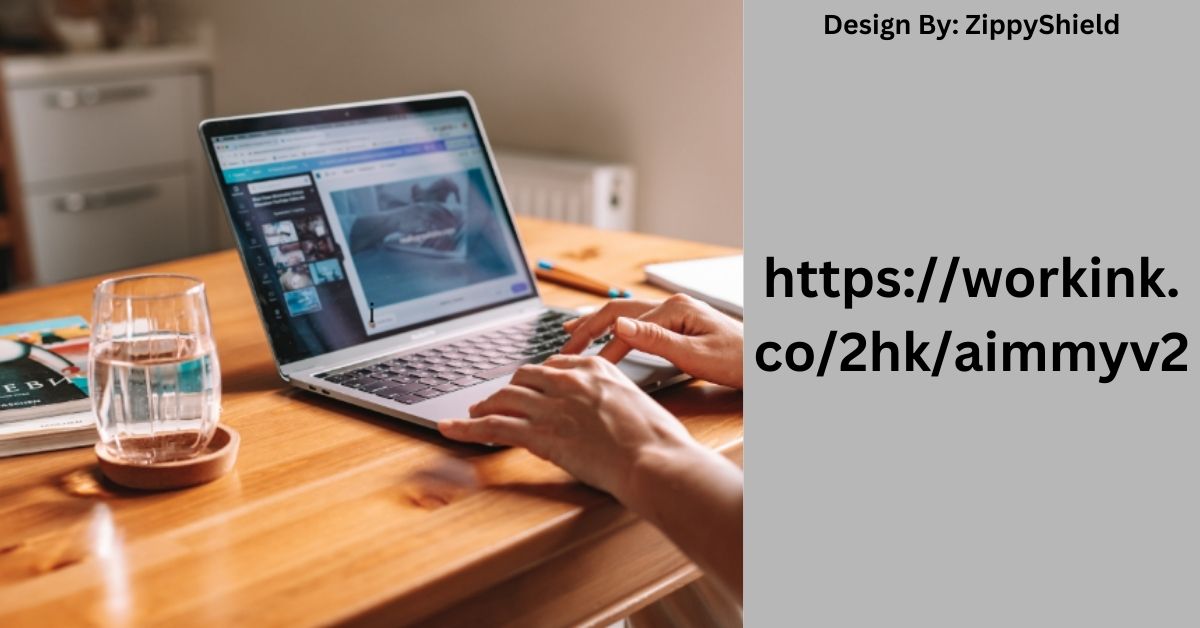Creating a Hijabhoojup yourself is not only a gratifying experience but also an opportunity to infuse your style into a traditional garment. This comprehensive guide will take you through every step of making your own Hijabhoojup, from selecting materials to adding final touches. Whether you’re a seasoned crafter or a beginner, you’ll find valuable tips and techniques to help you achieve the perfect look.
Table of Contents
Benefits of DIY Hijabhoojup

Opting for a DIY approach to Hijabhoojup offers several distinct advantages:
Personalization: Designing and creating your own Hijabhoojup allows you to tailor it to your taste and fashion preferences. You can select fabrics, colors, and patterns that resonate with your unique style, ensuring that your Hijabhoojup is one-of-a-kind.
Cost Savings: Purchasing high-quality Hijabhoojups can be expensive, especially if you opt for designer pieces. By making your own, you can save money on both materials and labor, achieving a similar or even better result at a fraction of the cost.
Creative Freedom: Engaging in a DIY project gives you full creative control. You can experiment with different fabrics, embellishments, and techniques to create a Hijabhoojup that perfectly fits your vision.
Skill Development: As you work on your Hijabhoojup, you’ll develop and refine valuable sewing and crafting skills that you can apply to future projects.
Tools and Materials Needed
Before you begin, gather the following tools and materials to ensure a smooth crafting process:
Fabric: Choose from various types of fabric based on your needs:
Cotton: Ideal for everyday wear, offering breathability and comfort.
Silk: Perfect for formal occasions, with a luxurious and smooth texture.
Chiffon: Lightweight and flowy, great for creating an elegant look.
Scissors: Use sharp fabric scissors for precise cutting. Dull scissors can cause fraying and uneven edges.
Sewing Kit or Fabric Glue: Decide between sewing and no-sew options:
Sewing Kit: Includes thread, needles, and pins. Sewing provides a durable and professional finish.
Fabric Glue: A quick and easy alternative to sewing. Suitable for those who prefer not to sew.
Measuring Tape: Essential for accurate measurements. It helps ensure that your Hijabhoojup fits perfectly.
Embroidery Thread and Needles (Optional): For adding decorative elements like embroidery.
Pins and Clips: To hold fabric pieces together while you work. They help in aligning the fabric correctly and preventing shifting.
Step 1: Choosing the Right Fabric
The fabric you select plays a significant role in the overall appearance and comfort of your Hijabhoojup. Here’s how to choose the best fabric for your needs:
Occasion:
Formal Events: Opt for elegant fabrics like silk or satin. These materials add a touch of sophistication and class.
Casual Wear: Cotton is a practical choice for daily use, providing comfort and ease.
Festive Occasions: Choose vibrant or patterned fabrics to make a statement.
Climate:
Warm Weather: Lightweight fabrics such as chiffon or cotton are breathable and comfortable.
Cool Weather: Heavier fabrics like wool or thicker cotton offer warmth and protection against the cold.
Color and Pattern:
Personal Preference: Select colors that complement your wardrobe and match your style.
Matching Outfits: Consider how your Hijabhoojup will coordinate with other items in your closet.
Read Exploring The Fashion Designer Marc Nyt Mini: A Trendsetter’s Journey
Step 2: Measuring and Cutting the Fabric
Proper measurement and cutting are crucial for creating a well-fitting Hijabhoojup. Follow these detailed steps:
Measure:
Length: Determine how long you want your Hijabhoojup to be. Measure from the shoulder to the desired length.
Width: Measure the width needed for coverage. This may vary based on personal preference and the style you wish to achieve.
Cut:
Mark: Use chalk or a fabric marker to outline your measurements on the fabric. This ensures accuracy and prevents mistakes.
Cut: Carefully cut along the marked lines using sharp fabric scissors. Avoid pulling or stretching the fabric while cutting to maintain the correct dimensions.
Step 3: Sewing or No-Sew Options
Decide on your preferred method based on your skill level and available tools:
Sewing:
Machine Sewing: Use a sewing machine for a professional and durable finish. Follow the machine’s instructions and settings based on your fabric type.
Hand-Stitching: For smaller projects or detailed work, hand-stitching can be effective. Use a needle and thread to sew along the edges.
No-Sew:
Fabric Glue: Apply a thin layer of fabric glue to the edges where you want to join pieces or finish raw edges. Press firmly and allow the glue to dry completely before handling.
Step 4: Adding Embellishments
Embellishments can transform your Hijabhoojup into a unique fashion statement. Consider these options:
Beads and Sequins:
Application: Sew or glue beads and sequins onto your Hijabhoojup for added sparkle and glamour. Arrange them in patterns or scatter them randomly for different effects.
Placement: Focus on areas where you want to draw attention or create visual interest.
Embroidery:
Design: Use embroidery thread to add intricate designs or personal touches. Choose patterns that complement your fabric and overall design.
Technique: Practice basic embroidery stitches if you’re new to this technique. Consider simple stitches like satin stitch or backstitch.
Lace or Trim:
Attachment: Sew or glue lace or decorative trim to the edges of your Hijabhoojup. This adds an elegant and refined touch.
Choice: Select trims that match your fabric and design aesthetic.
Styling Tips for Different Occasions

How you style your Hijabhoojup can vary based on the event or setting:
Casual Wear:
Pairing: Combine with casual outfits like jeans and a simple top. Keep accessories minimal to maintain a relaxed look.
Footwear: Opt for comfortable shoes that complement the casual style.
Formal Events:
Elegance: Choose fabrics and embellishments that enhance the formality of your outfit. Add accessories such as statement jewelry to complete the look.
Footwear: Wear elegant shoes or heels that match the sophistication of your Hijabhoojup.
Festive Occasions:
Vibrancy: Select bright colors and festive patterns to celebrate special events. Add fun accessories like embellished headbands or brooches.
Footwear: Choose festive or trendy shoes that align with the festive theme.
Maintenance and Care for Your Hijabhoojup
Proper care is essential for maintaining the quality and longevity of your Hijabhoojup:
Washing:
Instructions: Follow the care instructions specific to your fabric. Hand wash delicate fabrics and use a gentle cycle for sturdier ones.
Detergent: Use a mild detergent to prevent damage and fading.
Storage:
Environment: Store your Hijabhoojup in a cool, dry place away from direct sunlight. Avoid damp or humid environments to prevent mildew.
Garment Bag: Consider using a garment bag to protect your Hijabhoojup from dust and damage.
Ironing:
Settings: Iron on a low heat setting appropriate for the fabric type. Always check the fabric care label for specific ironing instructions.
Technique: Iron the Hijabhoojup on the reverse side to avoid damage to any embellishments or delicate fabrics.
FAQs:
1. How long does it take to make a DIY Hijabhoojup?
The time required depends on your skill level and the complexity of the design. On average, it can take a few hours to a full day, including cutting, sewing, gluing, and adding embellishments.
2. What basic sewing skills do I need to make a Hijabhoojup?
You need basic sewing skills such as threading a needle, stitching straight lines, and making simple hems. For more complex designs, additional techniques may be required.
3. Can I use any type of fabric for a Hijabhoojup?
Most fabrics can be used, but it’s best to select ones that are comfortable and appropriate for the occasion. Avoid fabrics that are too heavy or slippery for ease of handling.
4. How can I ensure my Hijabhoojup fits well?
Accurate measurements are crucial. Measure carefully and cut the fabric according to your measurements. If sewing, try it on and make any necessary adjustments for a better fit.
5. What are some common mistakes to avoid when making a Hijabhoojup?
Avoid common mistakes like inaccurate measurements, uneven cutting, and overloading the fabric with embellishments. Test any new techniques on a scrap piece of fabric first.
Conclusion:
Embarking on a DIY Hijabhoojup project is a rewarding journey that blends creativity with cultural expression. By following this comprehensive guide, you’ll be able to craft a Hijabhoojup that is uniquely tailored to your style and needs. Enjoy the process of designing and creating, and take pride in wearing a garment made with your own hands.



